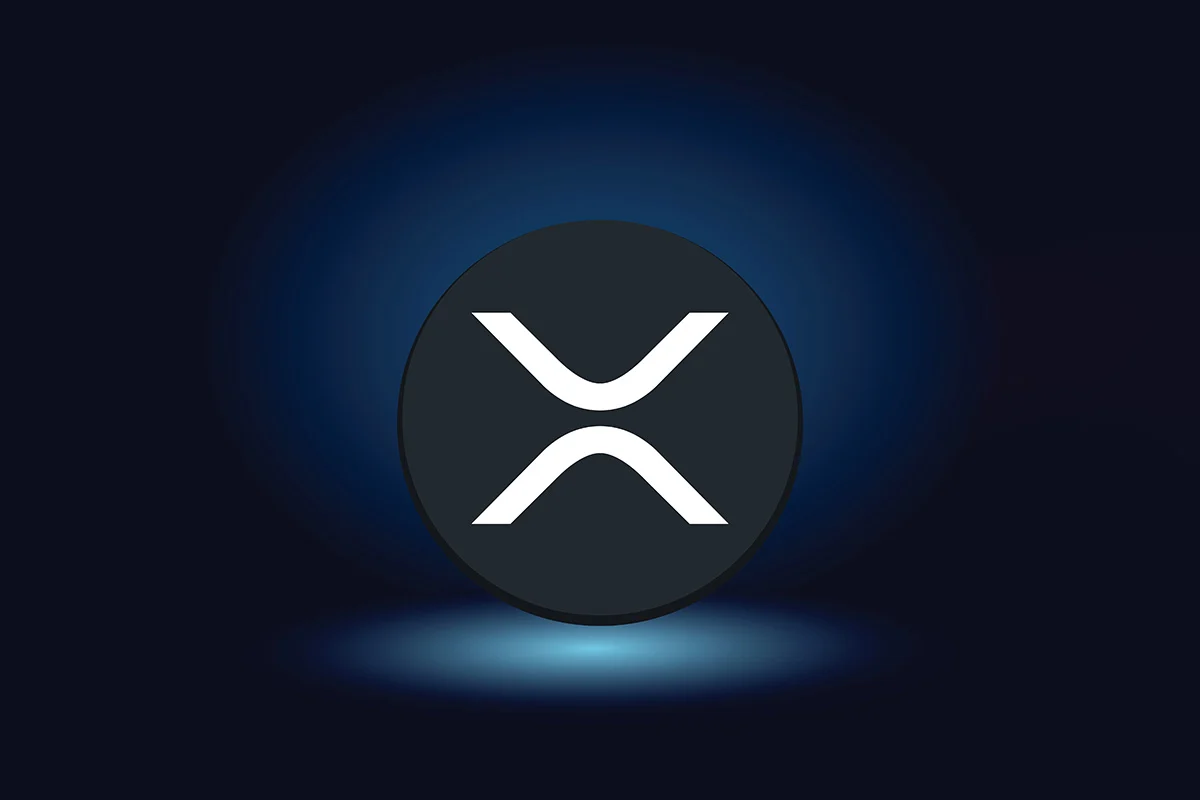Event-based trading platforms are no longer niche experiments – they’re emerging as a major arena where finance, crypto, and information converge.
After months of subdued activity, volumes are climbing again, and U.S.-regulated Kalshi has unexpectedly taken the lead.
Betting on Everything From Rates to Sports
Analysts at Bernstein describe prediction markets as a new “interface for information,” where users speculate not only on sports results but also on Federal Reserve decisions, quarterly earnings, and even crypto price moves. This year alone, more than $200 million changed hands on Polymarket contracts linked to the Fed’s recent 25 bps rate cut, while $85 million traded on Kalshi around the same decision.
Mainstream brokers like Coinbase and Robinhood are watching closely, with ambitions to capture some of the momentum. With U.S. sports betting already worth tens of billions annually, the overlap is too big to ignore.
Against that backdrop, Kalshi has delivered one of its strongest months since the 2024 elections. The platform reports $1.3 billion in trading volume so far in September, accounting for 62% of global prediction market activity. Just a year ago, Kalshi’s share stood at 3%. CEO Tarek Mansour called the growth “remarkable,” noting that the exchange still serves only U.S. clients.
Polymarket’s Pushback
Its main rival, Polymarket, has logged about $773 million in trades this month. While that trails Kalshi for now, Polymarket has unique advantages: as a crypto-native platform, it has carved out strong global demand and is working toward a formal U.S. relaunch via its acquisition of derivatives exchange QCEX.
The two platforms now stand as the clear leaders of the sector, though they embody different philosophies — one regulated from the ground up, the other built around decentralization.
Investors Take Notice
The boom hasn’t escaped venture capital. Reports suggest Polymarket is in talks to raise funds at a $9–$10 billion valuation, while Kalshi is close to finalizing a round that would value it around $5 billion.
Whether Kalshi can maintain its lead or Polymarket reclaims the top spot, prediction markets are clearly entering a new growth cycle — one where financial speculation, crypto adoption, and real-world events are increasingly intertwined.
The information provided in this article is for educational purposes only and does not constitute financial, investment, or trading advice. Coindoo.com does not endorse or recommend any specific investment strategy or cryptocurrency. Always conduct your own research and consult with a licensed financial advisor before making any investment decisions.
Related stories
Next article
Source: https://coindoo.com/kalshi-jumps-to-62-market-share-while-polymarket-eyes-10b-valuation/


